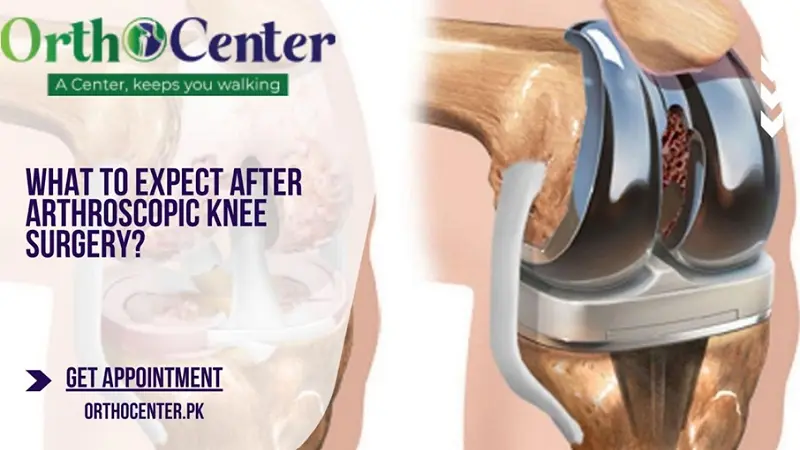In an era where oral health directly impacts our overall vitality, the ability to discern when expert intervention is essential becomes paramount. With this in mind, today we’ll unveil the keys to identifying and understanding what a true dental emergency entails. By recognizing the early warning signs and critical conditions, dental care’s avid followers can be assured of prompt intervention, thereby preserving their radiant smiles and mental tranquillity.
The Initial Indicators of Possible Emergencies
Seemingly inconsequential dental issues often turn into severe problems if downplayed. Tooth sensitivity, though trivial in the beginning, if persistent or worsening, could be a harbinger of looming issues like tooth decay or gum disease. Regular bleeding gums could be an ominous precursor to gingivitis, spiraling into periodontitis, a more damaging gum infection if neglected.
Persistent halitosis, though socially embarrassing, serves as a warning signal for impending dental complications. It typically arises from particles of food lodged between the teeth or inadequate oral hygiene, leading to infections. Hence, regular dental examinations are indispensable for early detection and rectification of these issues before they turn into emergencies.
Tooth discoloration or spotting can also offer early signs of decay or injury signalling the need for prompt attention to stave off further complications.
What’s a Dental Emergency?
Gauging what requires a call to an emergency dentist in Adelaide is crucial for timely action. Intense toothache impairing day-to-day life is a classic sign of emergency. The pain typically marks an infection or abscess which, without immediate care, could exacerbate rapidly.
A fractured or dislodged tooth is undeniable evidence of an emergency. When a tooth is dislodged, every second counts. If feasible, gently reinsert the tooth in its socket or preserve it in milk, then hasten to an emergency dentist.
Facial or oral swelling coupled with fever could denote serious infections like an abscessed tooth requiring swift dental intervention to inhibit the spread of the infection.
In the face of these emergencies, remaining serene and knowledgeable about the steps can make a world of difference. Applying a clean cloth to control bleeding and utilising a cold compress to shrink swelling can help manage the situation until professional aid is accessible.
Deciding When to Reach Out to an Emergency Dentist
Certain scenarios call for immediate expert attention to circumvent further complications. Persistent, excruciating toothache that proves immune to over-the-counter pain relief is a concrete indicator of needing a dentist’s expertise. Similarly, any incident involving trauma to the mouth should never be trivialised.
Experiencing abrupt swelling in your gums or cheeks, especially combined with pain, demands swift action. These symptoms often arise from infections that could spiral out of control if untreated. Another warning sign includes an unusual taste or foul-smelling discharge, indicative of an abscess or infection needing urgent care.
Difficulty eating, swallowing, or even breathing due to oral issues necessitates immediate dental intervention. Such symptoms could signify severe conditions which, if ignored, could lead to disastrous consequences.
In summation, recognizing the signs and knowing when to act can prevent trivial concerns from escalating into significant emergencies. Staying well-informed and proactive about dental health assures that you and your loved ones maintain healthy, happy smiles. If any of the mentioned scenarios resonate, do not hesitate—seek out an emergency dentist promptly to secure your dental health.




